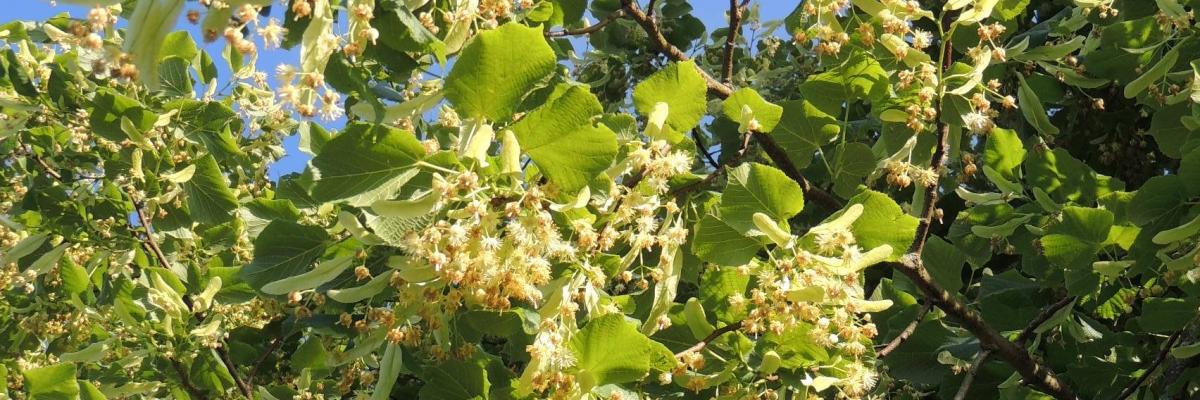

Plants that are valuable for bees and other insect pollinators
Download the PDF
Resource explained:
This factsheet, produced by the Welsh-based organisation Bees for Development, gives useful background information on plant properties that are most valuable to different types of pollinators. It provides links to lists of insect-beneficial plants that have been compiled by various British organisations, and there is reference to work being undertaken at RHS Garden Wisley, supported by the Wildlife Gardening Forum; the first ever designed field experiment to test whether the geographical origin (nativeness) of plants affects the abundance and diversity of invertebrates (wildlife) they support.
Findings & recommendations:
- Every farm is already home to a range of bees and other insect pollinators.
- Value can be added by growing plants from lists of those that are valuable for insect pollinators.
- Changes in farming practices have reduced food supplies for insects; continuous forage used to be provided by meadows that came into flower before they were cut, verges and hedgerows, and abundant weeds. Verges and hedgerows have now become highly important sources of food and habitat for insect pollinators. Allotments and gardens are also important, particularly for the continuity of the food supply that they provide.
- Honeybees will fly several kilometres to collect nectar and obtain significant volumes of their winter food source honey from flowering avenues of lime trees, fields of white clover or oil seed rape, and hedgerows of bramble, willowherb or ivy. Flowering times vary regionally, daily and annually. Nectar flow is dependent on temperature; slow in cold weather, speeding up in warm weather, and stopping in very hot weather.
- Colonies of honeybees need food throughout their active seasons so that they can rear young to have a population of forager bees ready and able to collect the nectar harvests whenever they become available.
